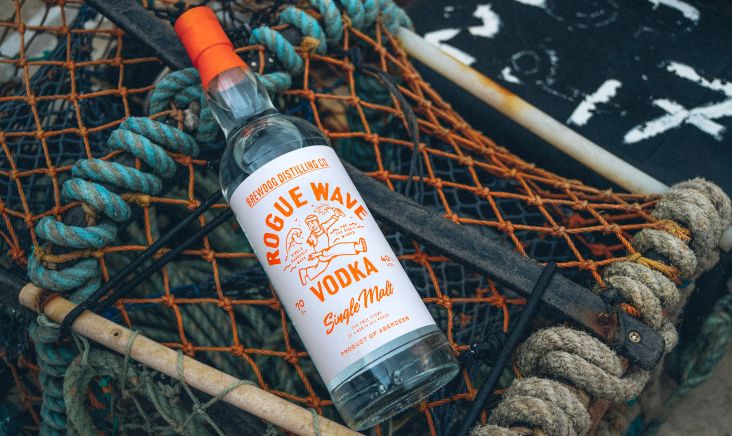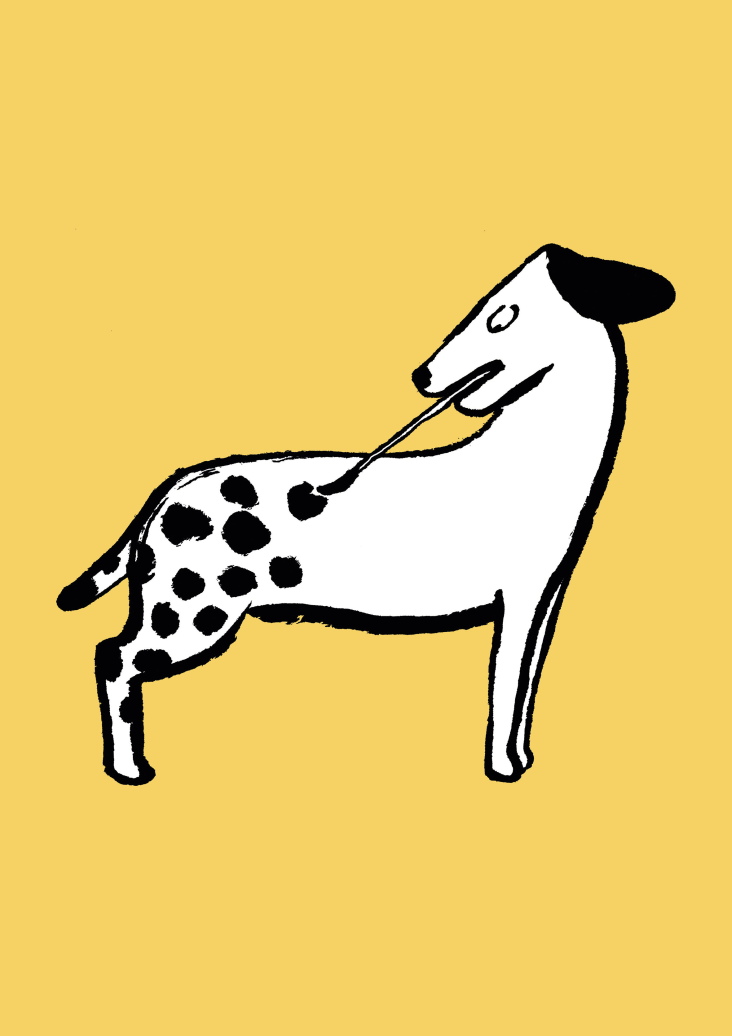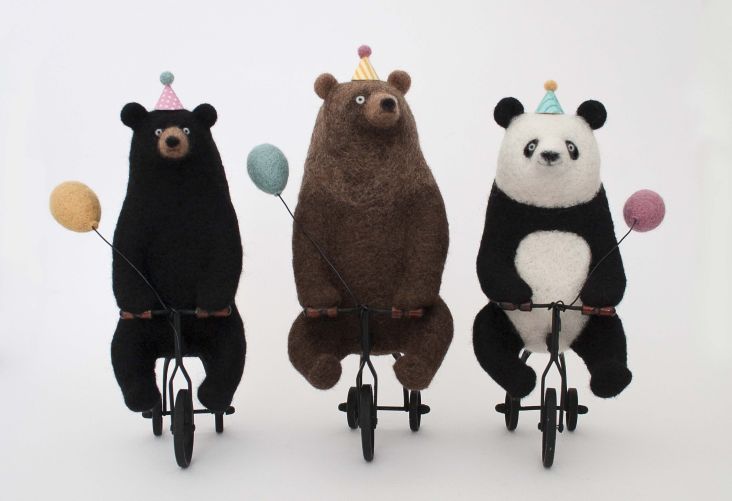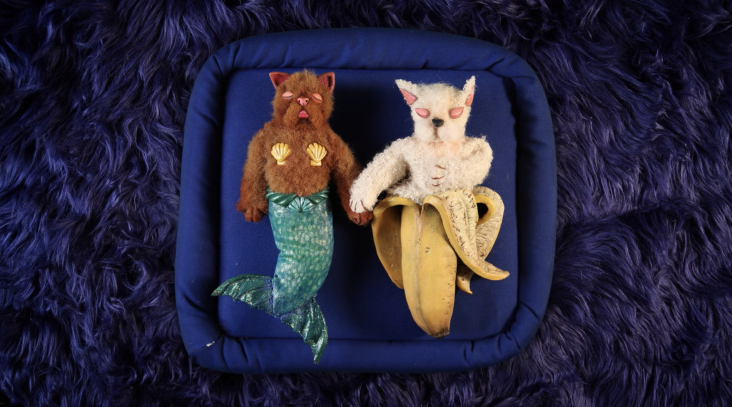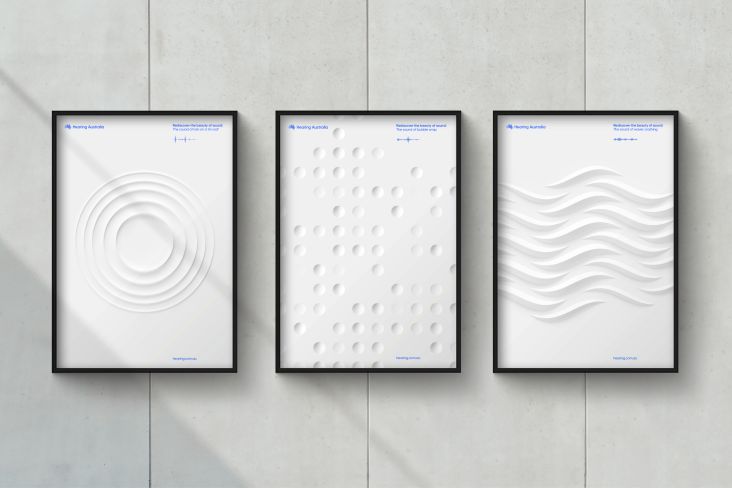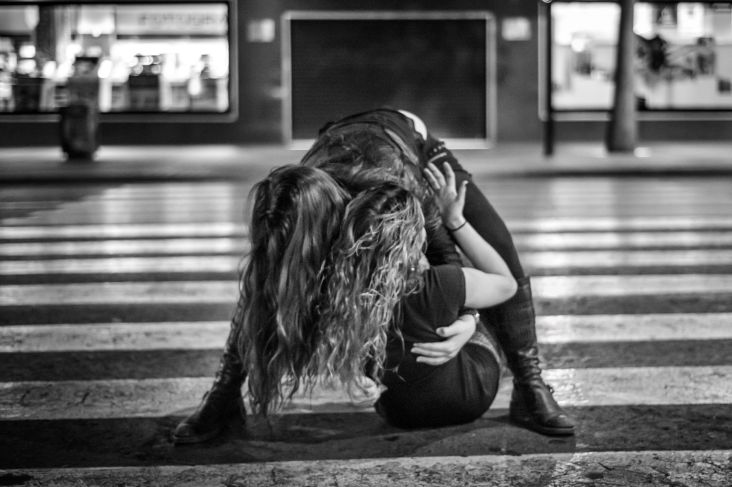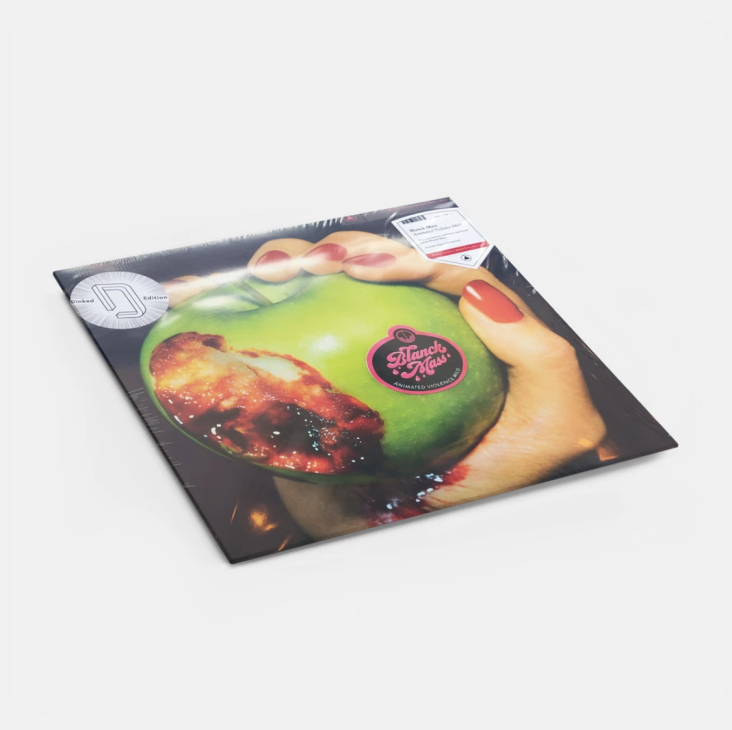Camille Walala on hard work, perseverance and why it's important to paint your name as big as possible
Camille Walala is an artist who is renowned for her use of vibrant colours and bold pattern. From small-scale to giant installations, her work is instantly recognisable, optimistic, exuberant and full of the joys of geometry.
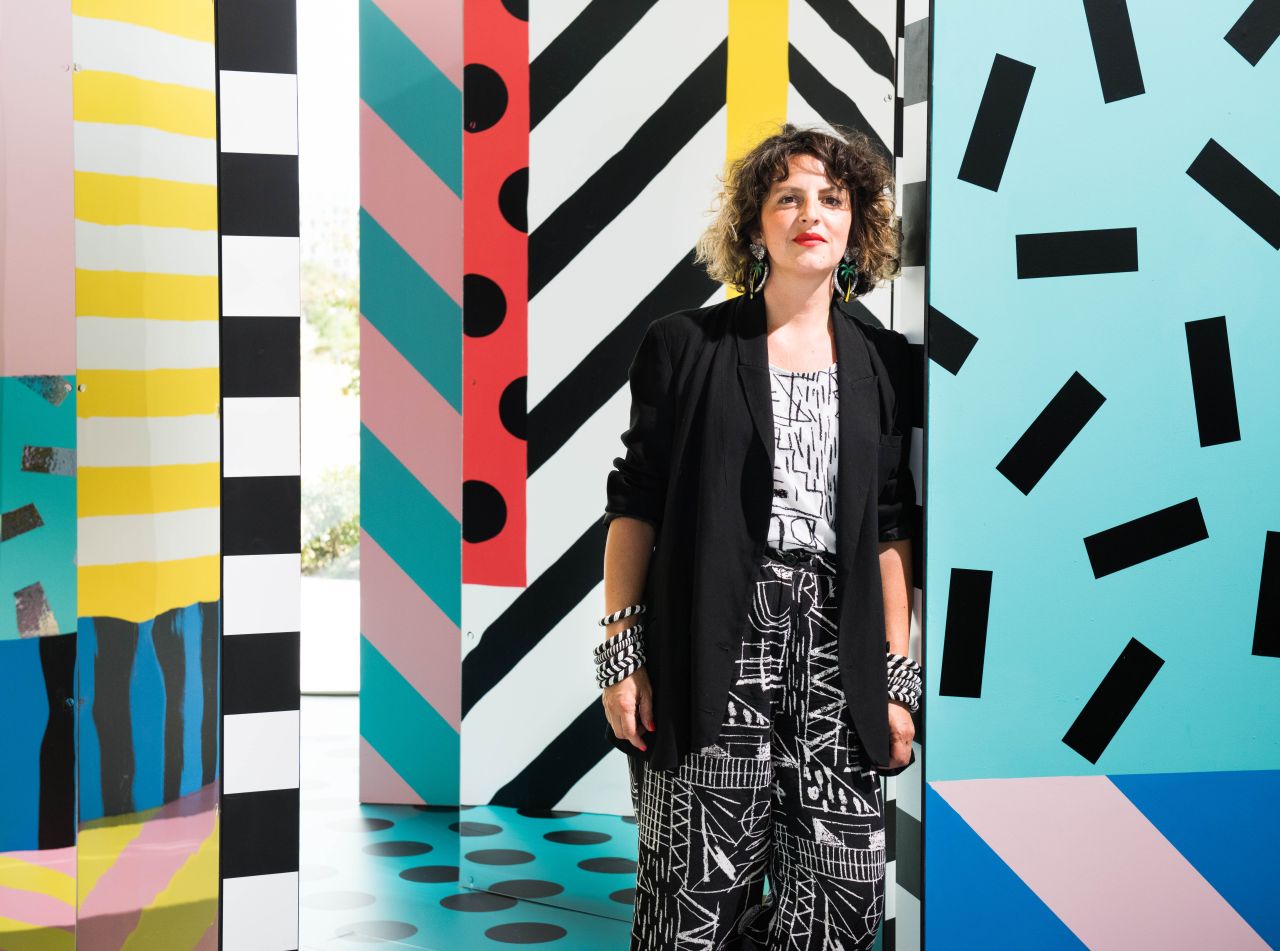
Camille Walala. Photography by Charles Emerson. Image courtesy of Zetteler.
After some landmark projects, including the design of SALT of Palmar Hotel in Mauritius, as well as the upcoming 'Walala Lounge' at this year's London Design Festival, you could say Camille is at the top of her game.
With huge public artworks across the globe, her reputation has spread far and wide, attracting clients such as Harrods, Armani, Facebook and Nintendo. And her colourful murals, famously dotted around East London, are now popping up as far away as Australia and North America.
Born in Provence, Camille moved to England to study Textile Design at the University of Brighton. She established her brand in East London in 2009 where she still lives and works today. Just before she headed off for a holiday with her family in France, we chatted with Camille about her career so far and what it feels like to be such a celebrated artist.
Your latest major project is at the London Design Festival. What's that about?
I was asked to come up with a street installation in Mayfair's South Molton Street. Maybe a wall painting. A mural. But I thought this might be a good opportunity to use the street differently. I wanted a fresh challenge. To push my creativity to be more three-dimensional. I wanted the installation to attract people and make them smile.
I had this idea to create small islands within the street. Lots of little areas for people to interact with. So I designed 10 benches, all different from each other. They're playful and in bright colours. Some have planters incorporated in them. Almost like toys.
Usually, I create collage and that works well in 2D. But in 3D, that's something I'm not familiar with. So it's been nice to create these benches for people to interact with. To just sit down and take a moment to decompress in the street.
I've also designed some flags to hang along the street. And some floor installations, too, so it looks almost like you're in your lounge. A little corner to rest.
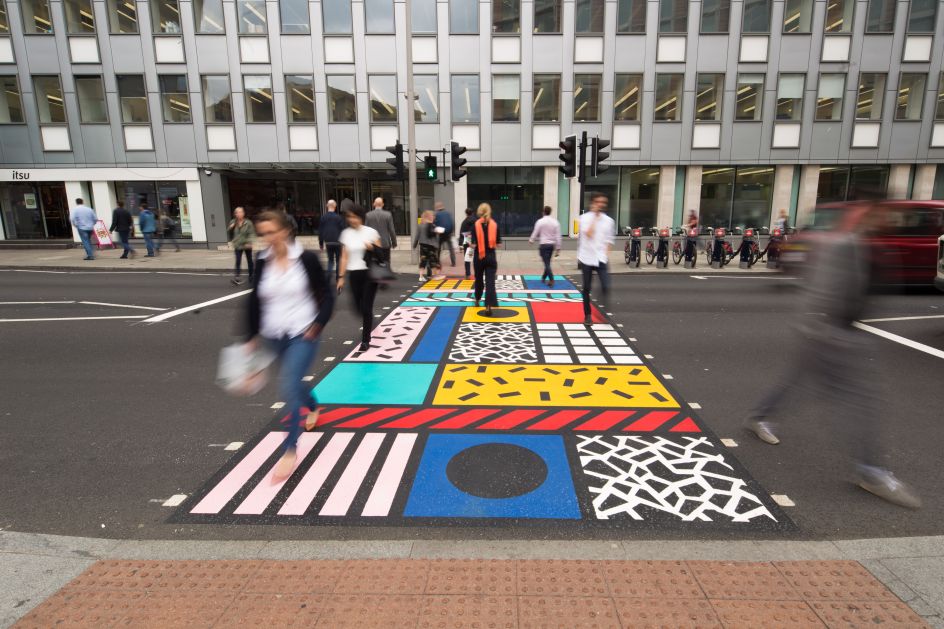
Better Bankside crossing by Camille Walala. Images courtesy Walala Studio and Better Bankside.
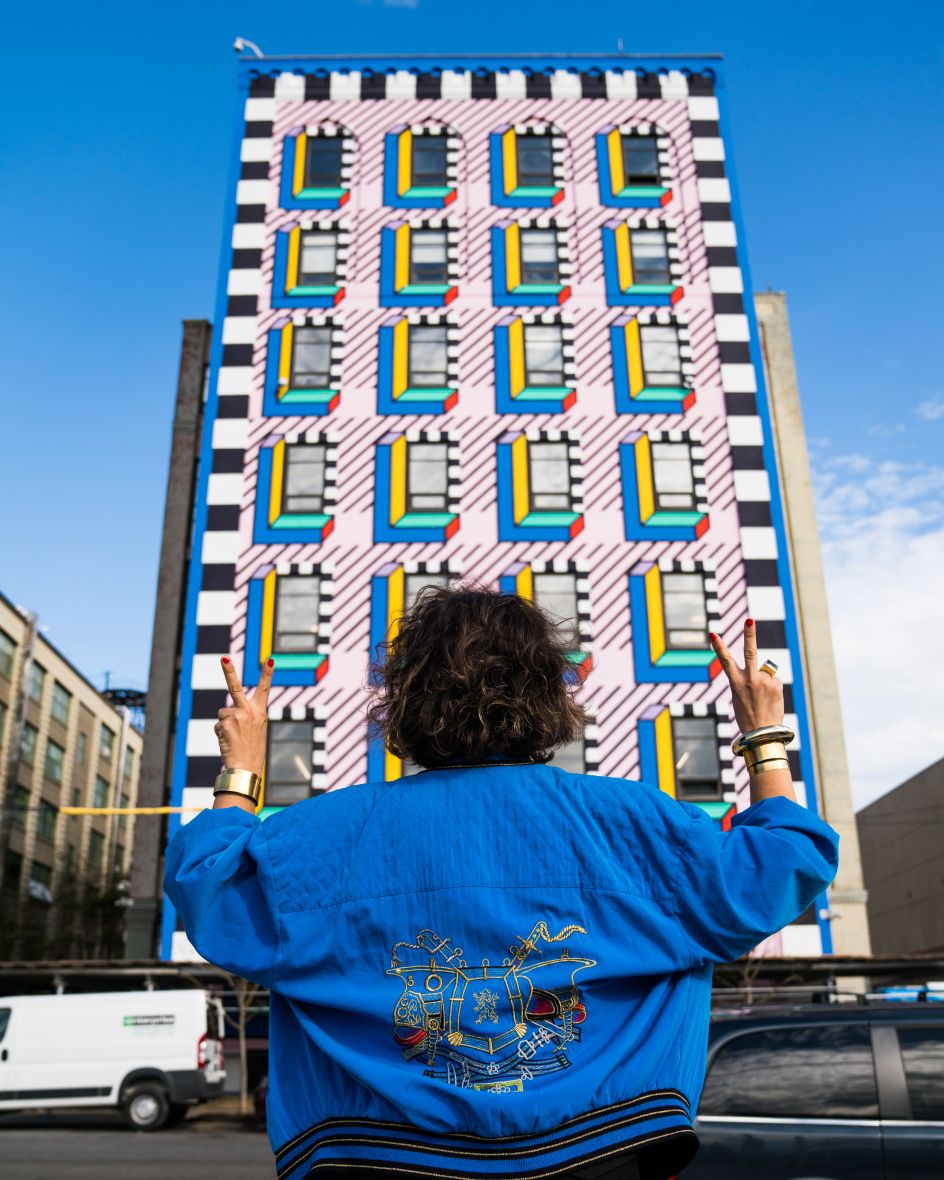
Mural by Camille Walala for WantedDesign during NYCxDESIGN festival. Images courtesy Industry City
You sound excited about it?
Yeah, I am. It's nice to do something so different. When you're creative, it's important to always push yourself. It's good to feel challenged every time. And not to sit still. I don't understand why some people stick to the same medium.
I love the idea of doing public art. I just think it's so important in the city to bring a little bit of joy and make people smile. That's what I've always tried to do. Plus it's a little more permanent – this installation for South Molton Street is going to stick around for the next two years.
I also enjoyed learning about the process and craftsmanship behind these benches. I travelled out of London to see how my designs were made. The use of metal, the various materials. I'm learning new things all the time.
Your career has been very much about evolving and trying new things. What has been your favourite experimentation so far?
From the beginning, I always worked with pattern and applied it to everything I could. In the early days, I loved street art but never as much as a whole building takeover. More recently, I've worked with architects to help design an entire space and that has been amazing. I love how the brief is more complicated; how there are so many more considerations.
But it hasn't always been like this. For many years, I was struggling. You know, it's like that for everyone when they start. You do so many projects but don't get paid. Eventually, the money does start to come in. But it took me four years of hard work to get there.
The break came when someone wanted me to paint a huge mural on the side of a building in North Street for free. They didn't know how long it was going to last, as it was destined to become an advertising space. But on discovering that it would sell for thousands, I thought, wow, I'm going to paint my name as big as possible, so people see it was me.
But the thing is, no one covered the wall. So my artwork stayed there for three or four years. A free advert worth tens of thousands of pounds every month. It was an amazing opportunity and helped to launch my career.
I used to do a lot of street art but never really signed my name. I'm not sure why. Perhaps I felt embarrassed. But this time I thought, fuck it, I'm just going to sign my name as big as possible and it'll be really clear for all to see. Then Armani got in touch and hired me for a project. I asked, how did you find out about me? They said that they saw my mural on North Street.
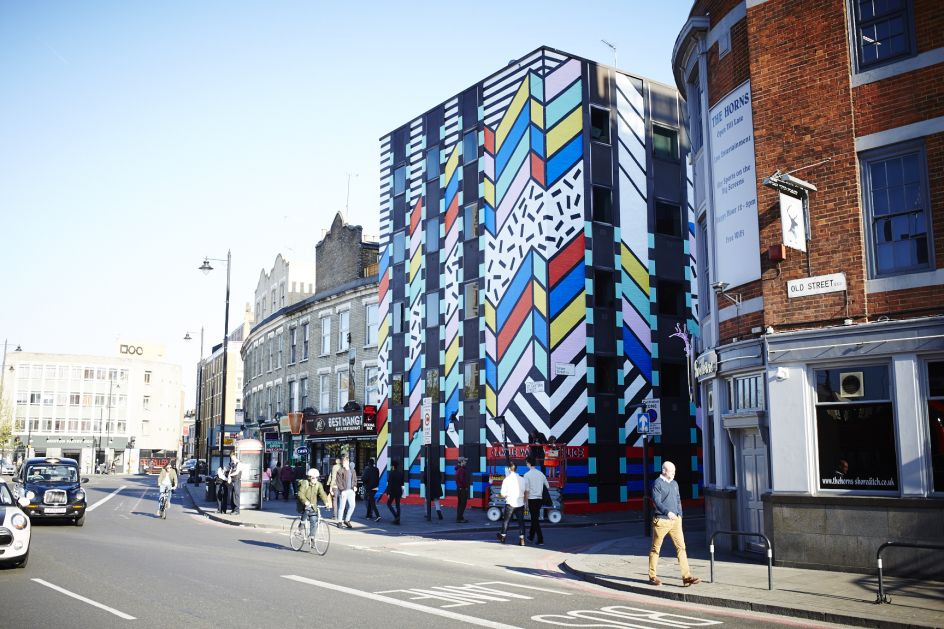
Dream Come True mural in East London by Camille Walala. Photography by J. Lewis
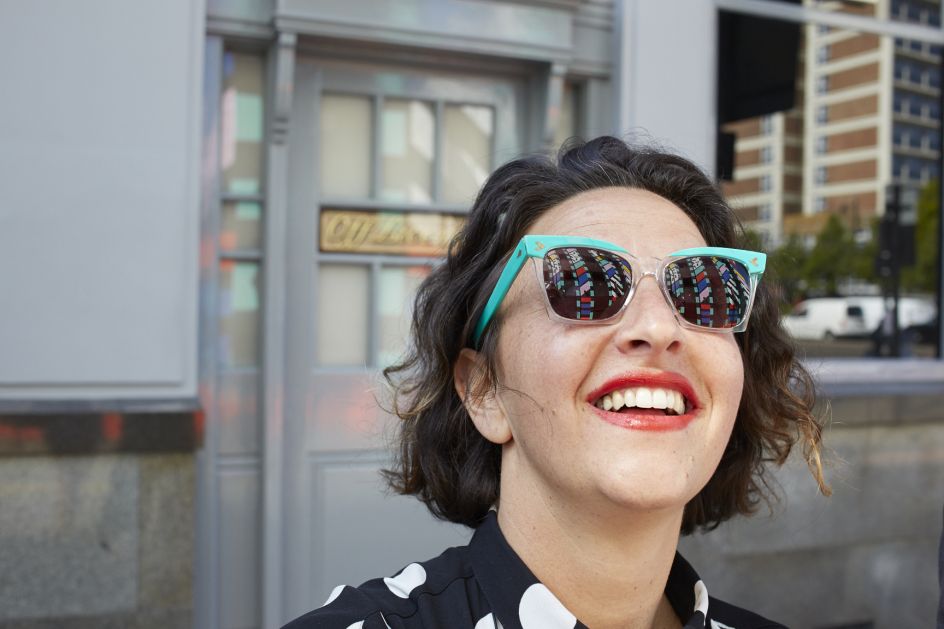
Dream Come True mural in East London by Camille Walala. Photography by J. Lewis
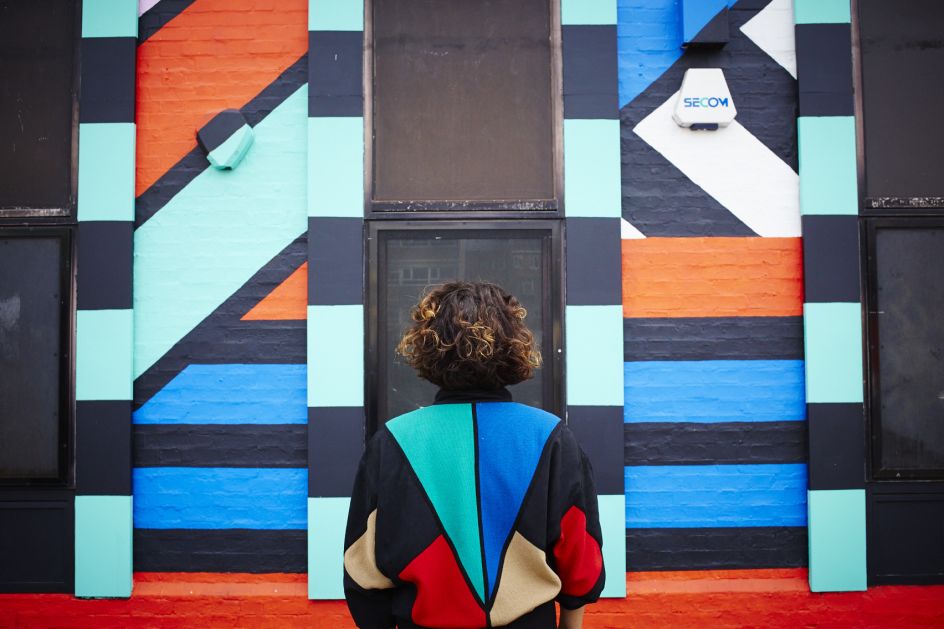
Dream Come True mural in East London by Camille Walala. Photography by J. Lewis
The money's always nice to have. How do you keep a balance and stick to your creative vision?
I've been lucky. All my clients come to me because they want my signature style. To be honest, I can't do anything else. It's all I know. That's why I couldn't work for anyone else. I like being my own boss.
When I graduated, I didn't want to be a textile designer. I didn't want to just draw flowers. Do as I'm told. I can't work on restrictive briefs or follow trends. I just can't do it. So back then, I worked at a cafe on Borough Market, serving cheese sandwiches and tea. And on the side, I was trying to make my creative brand. I struggled for years. Eventually, I got paid for a few projects and was able to leave the cafe job.
But for me, it's not about the money. It's about being appreciated. To know that you're worth something, creatively. Because in London you always have to do so much stuff for free. You have to be a struggling artist and, if you're lucky, you'll get recognised and your art career will take off.
Then, of course, I developed a new problem. I had too much work to cope with. And when some more lucrative projects came my way, I was tempted. I can't say who but it was a brand of cigarettes and it was "big" money, so it was really hard for me to say no. I was smoking a cigarette while sending the reply email, turning them down. [Laughs]
So you are saying no to certain projects?
Yeah, I am. But in the beginning, you can't say no. Because you just need to get paid. However, there's a fine line. You need to keep your integrity as a designer. You don't want your past to come back and haunt you. And you don't want to become corrupt by money.
We're all guilty of it. I have to check myself often when tempted by certain projects. It's not just about the money. Nice to have, but not the only important thing.
Now that I'm at this stage, I plan to do as much charity work as possible. Where I can spend time designing for hospitals, as I did recently for a mental health facility. It means so much to me. To work with nice people and do meaningful things.
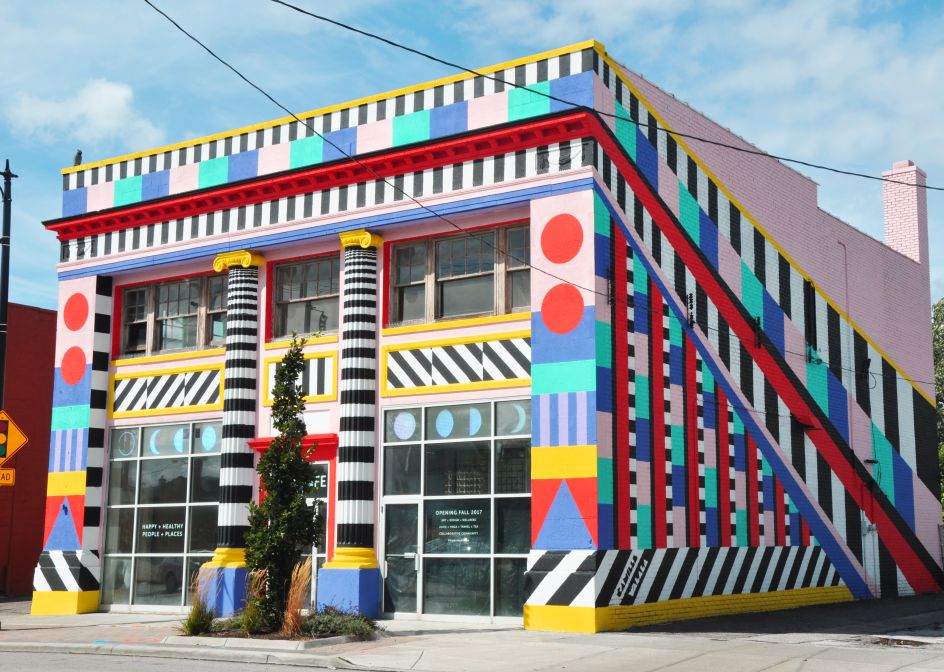
Mural by Camille Walala in Cleveland’s Waterloo art district. Images courtesy Walala Studio and Pop Life
Working with nice people is important.
Yeah, I don't want to work for people I don't like. You have to respect one another. It's so important.
You're lucky to be in this position but it sounds like you've worked very hard to get here.
Yeah, I think it's taken me 10 years – both financially and creatively. I was 28 years old when I went to university. I hadn't done anything creative until my mid-twenties. So yeah, it's taken some time to get here.
My dad always said to me, when you are 40, as a creative, that's when you have to be either comfortable or established. It's when you have to be in the right place, doing the right things. And when I did turn 40 I thought, yes, I'm actually in a good place. Finally.
I remember when I finished uni, my tutor warned me it would take three or four years. Four years, I said! That's too long. But it took a decade.
Do you think young people today understand that's the case?
I think we all feel the same way. No matter the generation. You don't want to wait. You want success right now. When I go out there and do talks to young people, I say, you know what, just struggle for a few years. The struggle is part of the journey. And when you finally "arrive", it feels so special. If you don't struggle, the pleasure won't feel as good if you were just an instant hit.
When things started to take off for me, I was floating on a cloud. I was properly grinning for around four years, I felt that happy. It was amazing. And you know what, looking back I'm happy I struggled for so long. It did me good. I'm very grateful.
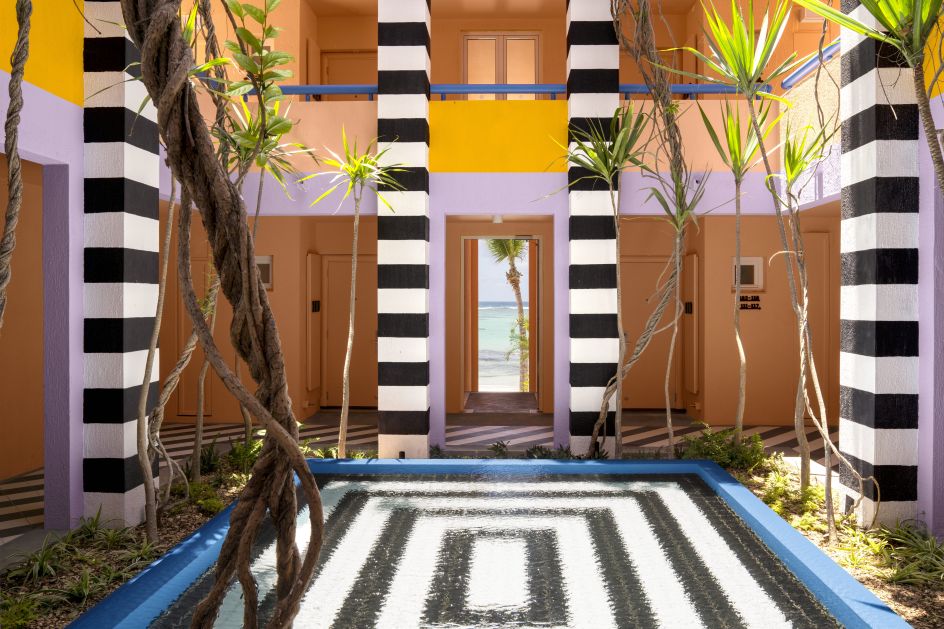
Camille Walala, SALT of Palmar. Photography by Tekla Evelina Severin Riad
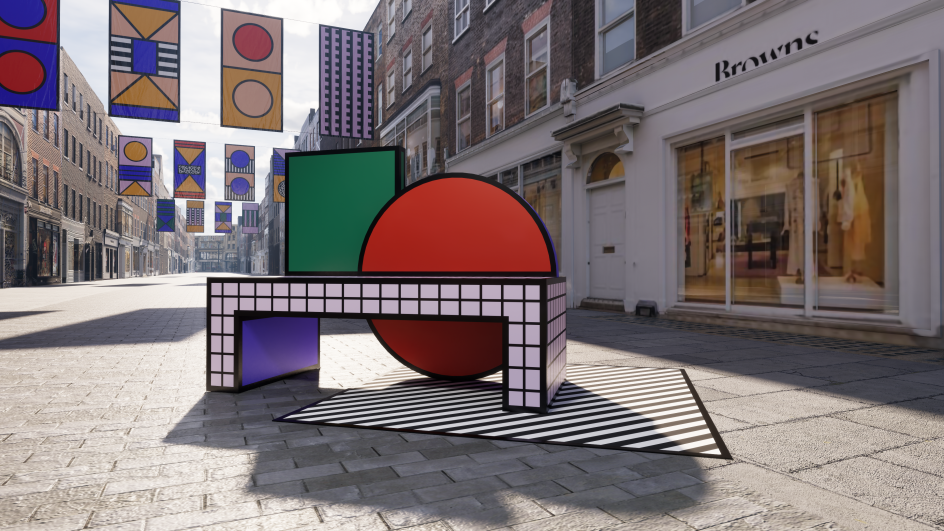
Walala Lounge by Camille Walala during the London Design Festival 2019. Images courtesy Walala Studio
What else has worked for you in becoming a success?
Well, I said yes to everything in the beginning. Murals in bars, little projects here and there. That helped to get my name out there. I did a lot of street art, too, and later understood the importance of adding my name to the larger murals. Eventually, it paid off and slowly people knew who I was. The brands followed.
I never really wanted to contact people directly. I thought my portfolio wasn't good enough. It took me a long time to find the courage to email brands and tell them about myself. It was a massive fear of rejection. Something that I struggled with.
When I was working in that cafe, serving ham and cheese sandwiches, I was surrounded by creative customers and I felt so bitter that I wasn't in their shoes. I wanted to be the customer, enjoying a sandwich and talking to a client about an art project. But then I had this realisation that I needed to stop procrastinating and put myself out there.
I talk to a lot of artists and designers. You all share a common journey of struggle.
The struggle is great. You can't give up. You have to keep going and push forward. Keep your eyes open to opportunities. Try and find someone else you can work with, collaborate with. Be confident in your approach. Say you're a studio rather than a single artist and people will take you more seriously.
That's true actually. There's a way to position yourself so that people don't take the mick?
It's hard to know your worth and get your pricing right. It's a case of testing the water. You start off doing things for free and then you're like, come on! I deserve to get paid! So then you introduce day rates and slowly you start to make money. And when the bigger brands come along, that's when you know you can push the rate up further. As creatives, it's important to remember that we're worth something.




 by Tüpokompanii](https://www.creativeboom.com/upload/articles/58/58684538770fb5b428dc1882f7a732f153500153_732.jpg)


 using <a href="https://www.ohnotype.co/fonts/obviously" target="_blank">Obviously</a> by Oh No Type Co., Art Director, Brand & Creative—Spotify](https://www.creativeboom.com/upload/articles/6e/6ed31eddc26fa563f213fc76d6993dab9231ffe4_732.jpg)









